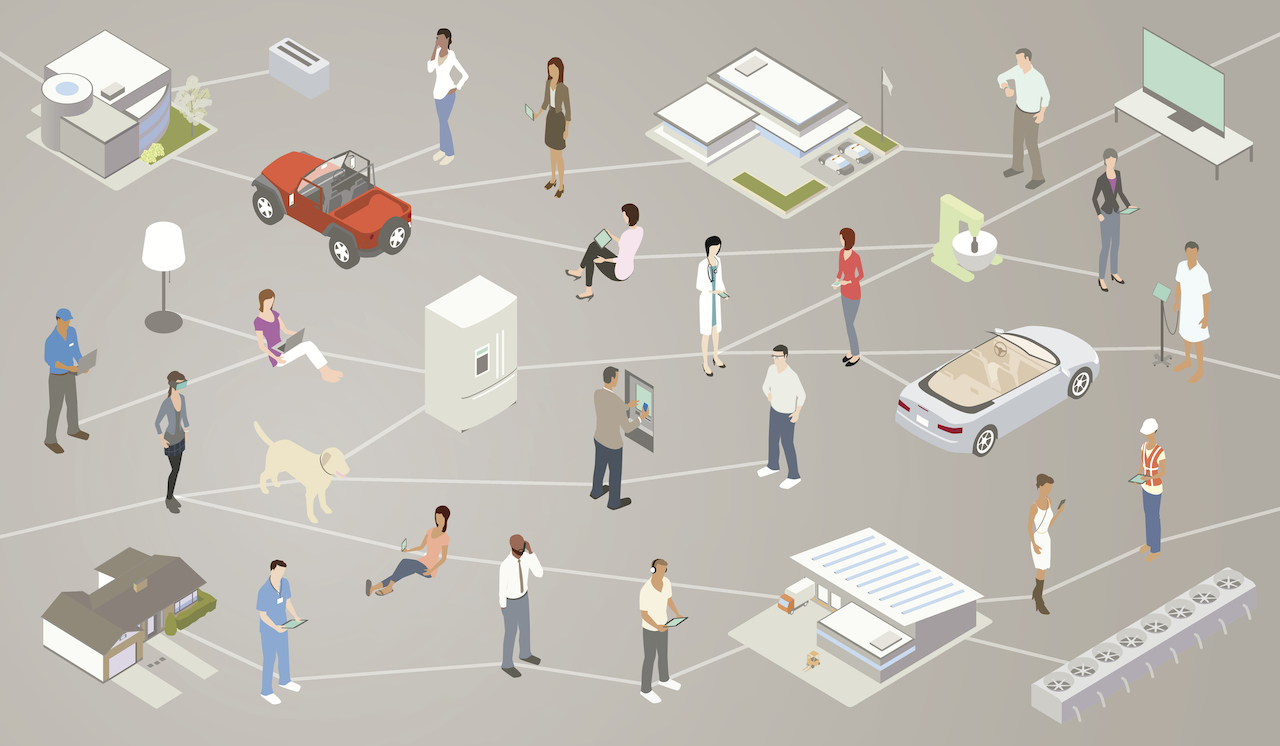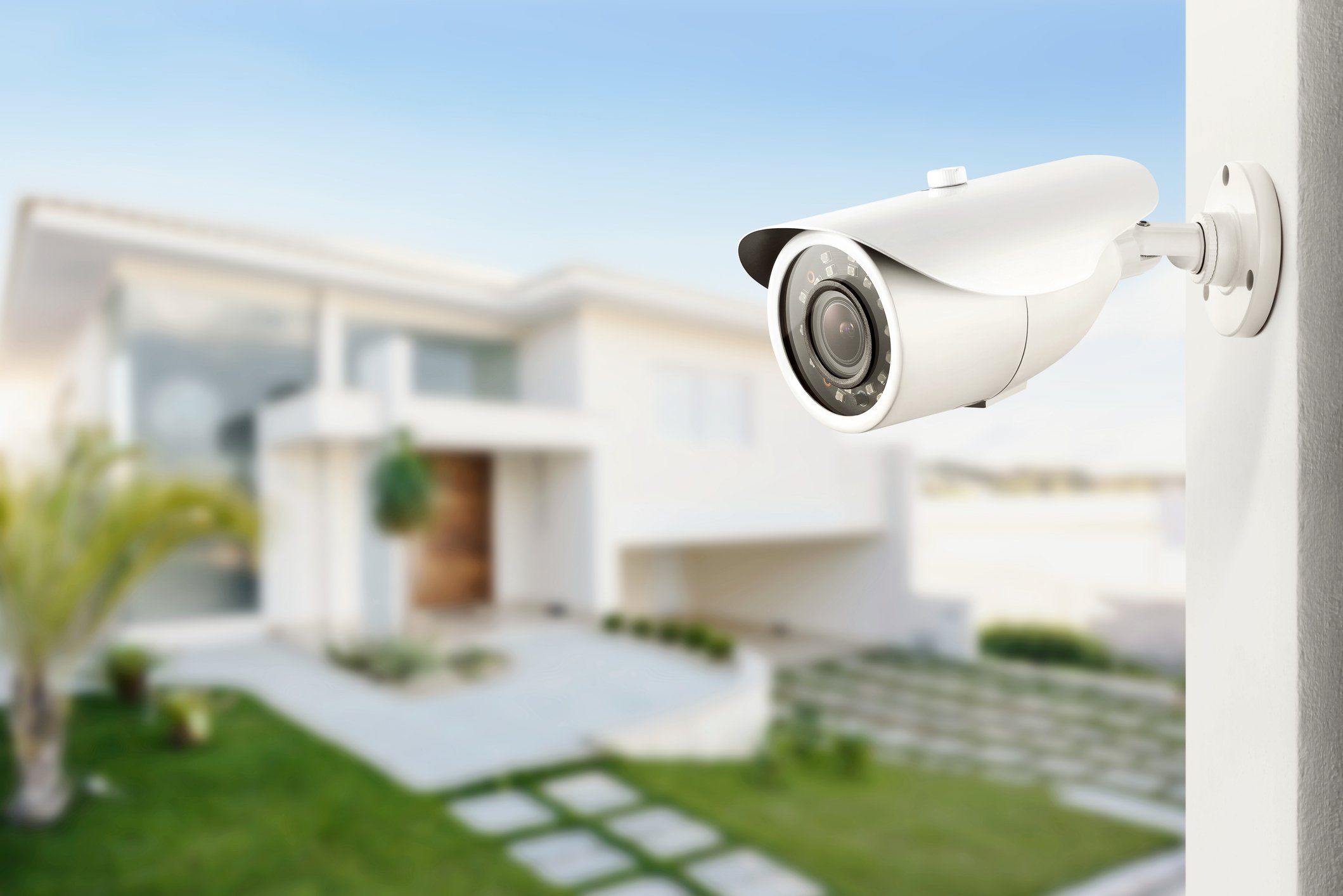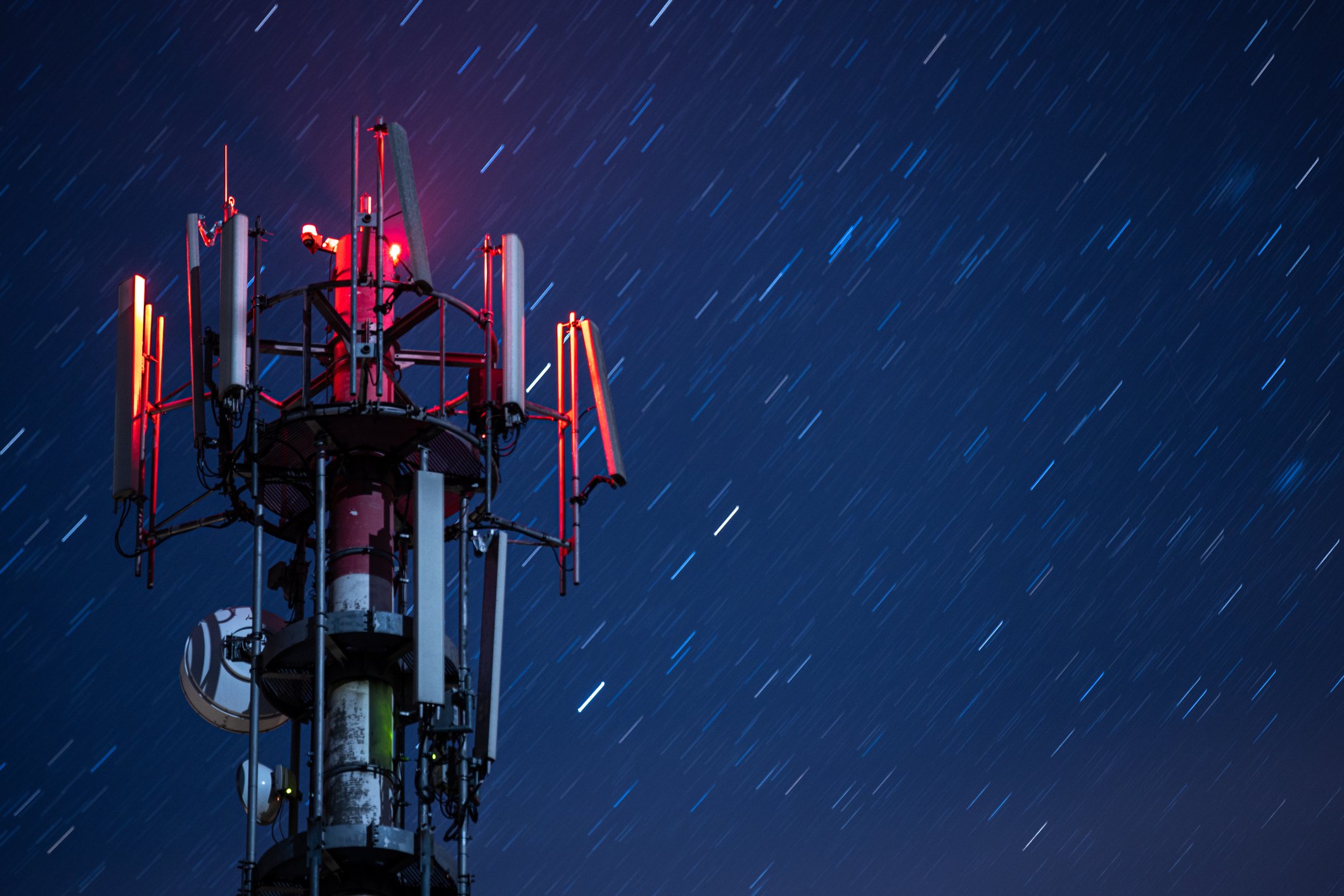
- December 2025 (2)
- November 2025 (2)
- October 2025 (3)
- September 2025 (3)
- August 2025 (3)
- July 2025 (2)
- June 2025 (3)
- May 2025 (3)
- April 2025 (3)
- March 2025 (2)
- February 2025 (1)
- December 2024 (2)
- November 2024 (1)
- August 2024 (2)
- June 2024 (3)
- May 2024 (3)
- April 2024 (1)
- March 2024 (3)
- February 2024 (2)
- January 2024 (2)
- December 2023 (1)
- November 2023 (2)
- October 2023 (2)
- September 2023 (1)
- August 2023 (1)
- July 2023 (2)
- June 2023 (3)
- May 2023 (2)
- March 2023 (4)
- January 2023 (2)
- November 2022 (2)
- September 2022 (1)
- August 2022 (2)
- July 2022 (2)
- June 2022 (1)
- May 2022 (1)
- April 2022 (3)
- March 2022 (1)
- February 2022 (3)
- January 2022 (2)
- December 2021 (1)
- November 2021 (1)
- October 2021 (2)
- September 2021 (3)
- August 2021 (1)
- July 2021 (3)
- May 2021 (2)
- April 2021 (2)
- March 2021 (2)
- February 2021 (3)
- January 2021 (3)
- December 2020 (1)
- October 2020 (1)
- August 2020 (1)
- August 2019 (1)
- January 2019 (2)
- September 2018 (5)
- June 2018 (1)
- November 2017 (1)
- September 2017 (1)
- July 2017 (1)
- May 2017 (1)
- January 2017 (1)
- October 2016 (2)
- August 2016 (1)
- July 2016 (1)
- June 2016 (1)
Subscribe by email
From smart home security systems to connected appliances to wearable health monitors, the internet of things (IoT) devices have taken the consumer market by storm. Now, the business world is eager to experience the benefits that IoT can offer. A variety of industries, including healthcare, retail, and logistics, are using IoT to streamline operations and improve profitability. Now is a great time to get on board with IoT. In this introductory guide to IoT devices, we will share what you need to know about IoT devices with some great examples across a number of industries.
What Is an IoT Device?
IoT devices are physical hardware objects, such as industrial machines, household gadgets, etc. They are embedded with sensors, software, and other technologies that enable them to collect and transfer data over the internet. These physical objects are an integral part of an IoT ecosystem. In order for a device to be part of an IoT system, it must have the ability to connect to the internet.
Examples of IoT Devices
There is a wide range of IoT devices on the market today, and they include both consumer and commercial applications. Here are some examples of IoT devices across both sectors.
Consumer IoT Devices
Most likely, the IoT devices you’ve heard of are consumer devices. We’re becoming more and more accustomed to them in our homes and our lives. Some of the most popular consumer IoT devices you’ve probably heard of include:
- Google Home Voice Controller
- Nest Learning Thermostat
- Ring Doorbell
- Amazon Dash Button
- WeMo’s Insight Smart Plug
Zipit is thrilled to partner with clients in the consumer sector. Some of our customers’ products include Moochies smartwatch designed for children, Bushnell trail cameras, and a Wi-Fi extender for recreational vehicles from Magnadyne. There are so many great consumer IoT devices out there, and their numbers grow exponentially by the year.
Commercial IoT Devices
Here are some of the industries where we see the most significant impact from commercial or industrial-grade IoT devices.
- Smart Farming: Any IoT devices that are used for agriculture and livestock are considered smart farming. These include fertilizer application and control systems, livestock monitoring, precision farming, agricultural sensors, and more.
- Transportation: IoT devices used in the transportation industry include things like traffic monitoring, industrial Wi-Fi hotspots, and more.
- Retail: IoT supports retail business in many different ways, including digital displays, mobile point-of-sale devices, smart shelves, and commercial HVAC.
- Healthcare: You’ll also find lots of healthcare applications of IoT, including first responder communications, medication compliance, patient monitoring, elder care and independence, and ingestible sensors.
- Fleet Management: Businesses with fleets also benefit by using IoT for fleet monitoring, law enforcement location tracking, driver awareness and safety, and more.
These are just a few of the many commercial IoT devices available on the market now. This sampling may give you some ideas of opportunities for IoT within your own businesses.
How Do IoT Devices Work?
You don’t need to fully understand IoT to run a successful connected device business. Knowing the basics will get you moving forward, and that starts with learning about the components of IoT ecosystems and how they work. There are a lot of terms that will help you understand what IoT is all about. An IoT ecosystem is a collection of connected, interdependent technologies and devices that work together to meet a specific goal. This ecosystem is what makes the various devices and sensors “smart” by providing them with interconnectivity, and that connectivity is what empowers IoT.
The six essential components of an IoT ecosystem are sensors, devices, platform, networks and connectivity, data and analytics, and cloud infrastructure. All of these are required for the ecosystem to work. Here is some information about each component:
- Sensors — Hardware that detects changes in an environment and collects data. If sensors are connected to a network, they can share data with that network.
- Devices — Hardware embedded with sensors, software, and other technology so they can collect and transfer data over the internet.
- Platform — The command center that connects and empowers all devices in the IoT ecosystem. It may be software and/or hardware, and there are a number of different types of platforms to choose from based on specific business needs.
- Networks and connectivity — IoT connectivity is the method of connection between all of the elements in an IoT system. There are many options for connectivity, including Wi-Fi, cellular, LPWAN, and others, with varying range, bandwidth, and power requirements.
- Data and analytics — Data is the by-product of IoT, enabling it to deliver value. Analytics make sense of the data, converting it to actionable insights to drive outcomes.
- Cloud infrastructure — The place where data in an IoT system goes to be processed, where it’s loaded, transformed, and stored.
A couple of other topics to consider early on — ideally, before you even build your IoT ecosystem — are IoT device management and security. IoT device management refers to the methods and frameworks used for provisioning and authenticating, maintaining, and configuring devices in an IoT system. This goes hand-in-hand with security, leveraging techniques, strategies, and tools to safeguard IoT devices. Open any newspaper, and you’ll read about the increase in cyberattacks over the years. It’s a great idea to factor in security when you’re building your system, though you’ll continue implementing new security measures as technology advances and changes.
You may also like: IoT Device Certification & Why It Matters
The Sky’s the Limit for IoT Devices
Devices are a key component of an IoT ecosystem. They can range from common consumer devices like watches and coffee makers to heavy machinery and industrial equipment. Regardless of their size and function, you know you’ll have a valuable tool when it’s empowered with IoT.
Want to know more about Zipit’s IoT platform? Contact us to discuss your company's unique needs. We’re happy to provide you with insights that will help you make the decision.
You might also like:
Related Content
The latest IoT insights and platform updates from Zipit.
Many IoT devices operate from fixed locations, quietly driving automation, data co...
As billions of connected devices continue to shape modern life, IoT manufacturers ...
The Internet of Things (IoT) is transforming how businesses operate, compete, and ...



